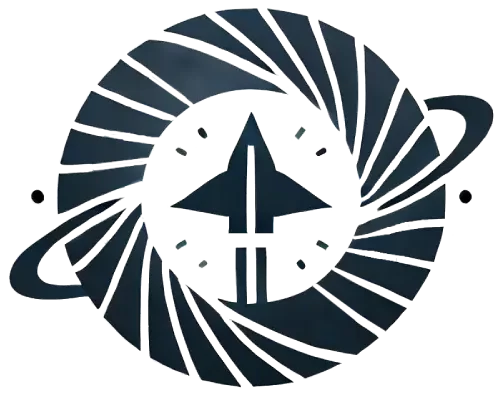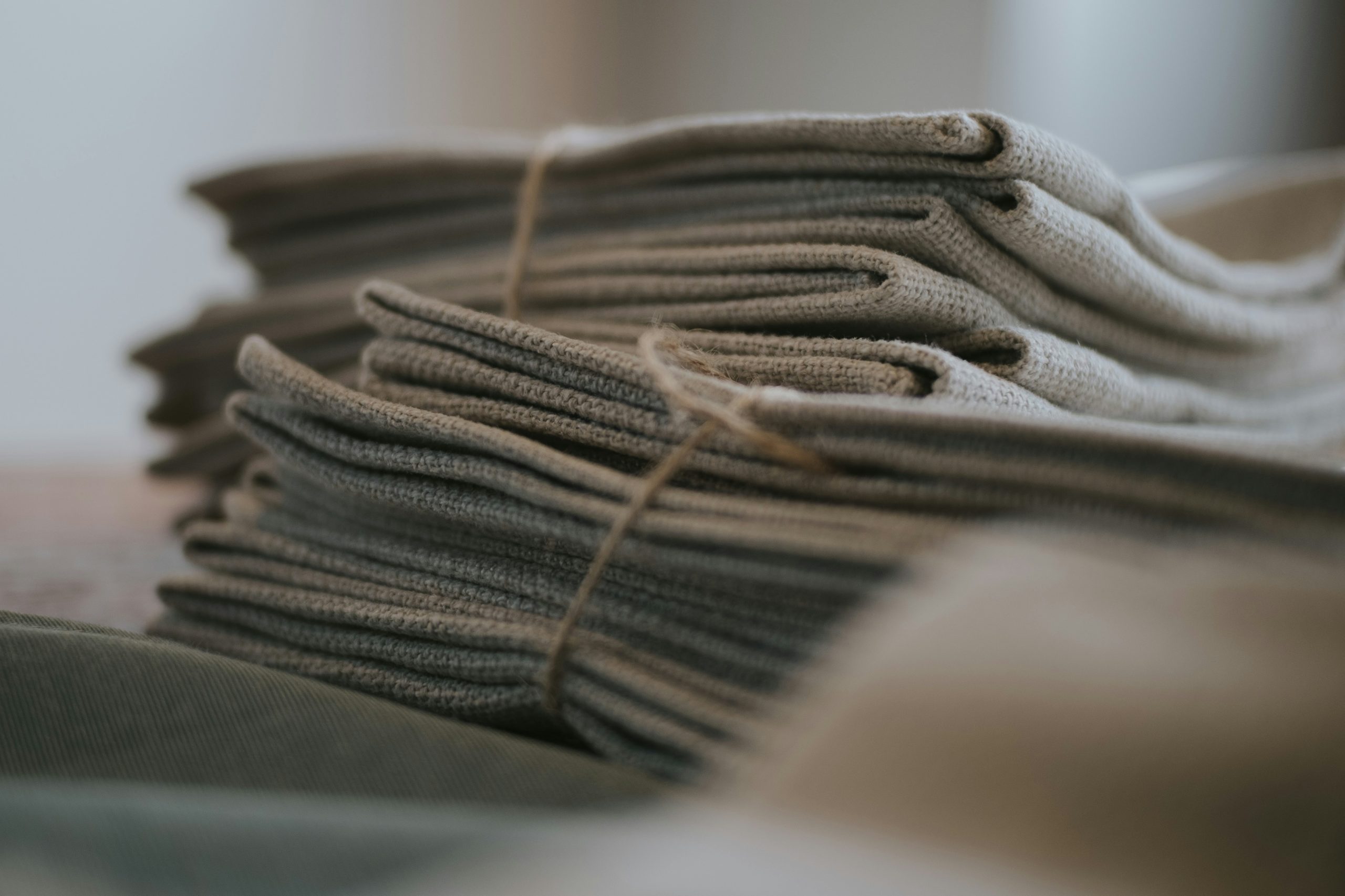Introduction to damaged hair
Damaged hair can feel like a never-ending battle. Whether it’s from heat styling, chemical treatments, or environmental factors, our locks often bear the brunt of daily wear and tear. If you find yourself dealing with split ends, dryness, or breakage, you’re not alone. Many people struggle to maintain healthy hair while navigating life’s demands.
But don’t despair! There are effective solutions available that can help revive your tresses and restore their natural beauty. Understanding what causes damage is the first step in finding the right treatment for your unique needs. Let’s explore the top hair repair treatments that will have your mane looking fabulous in no time!
Causes of damaged hair
Damaged hair can stem from various factors, often working together to weaken strands. One major culprit is heat styling. Frequent use of flat irons, curling wands, and blow dryers can strip moisture, leaving your locks brittle.
Chemical treatments also play a significant role. Hair dyes, perms, and relaxers contain harsh ingredients that alter the hair structure. Over time, this leads to breakage and split ends.
Environmental elements cannot be ignored either. Sun exposure dries out hair just like chlorine from swimming pools does. These elements contribute to overall wear and tear.
Improper washing habits also add to the damage equation. Using hot water or skipping conditioner may feel fine temporarily but results in long-term harm.
Dietary deficiencies affect your hair’s health too. A lack of essential nutrients can lead to weak follicles and dullness over time.
Top 5 hair repair treatments:
Deep conditioning treatments are a staple for restoring moisture. These rich formulas penetrate the hair shaft, replenishing lost hydration and softness. Regular use can transform dry, brittle hair into smooth strands.
Protein treatments play a crucial role in strengthening damaged hair. They help rebuild the protein structure that may have been compromised due to heat or chemical processes. Incorporating these treatments can lead to improved elasticity and resilience.
Hot oil treatments deliver nourishing oils directly to your scalp shampoo for hair loss and hair. This method not only hydrates but also promotes shine. The warmth allows for deeper penetration, making it an effective choice for intense repair.
Keratin treatments offer a smoothing solution for frizzy locks. They infuse keratin back into the hair, resulting in sleekness and manageability while protecting against future damage.
Scalp massages combined with essential oils enhance blood circulation and promote healthier growth. Essential oils like lavender or rosemary can rejuvenate both scalp health and overall appearance of your hair.
A. Deep conditioning treatments
Deep conditioning treatments are a game changer for damaged hair. They penetrate the hair shaft, delivering moisture and nutrients that revitalize and repair.
Typically rich in oils, proteins, and vitamins, these treatments restore hydration levels. This is crucial for those with dry or brittle strands that struggle to shine.
You can find deep conditioners designed for various hair types—curly, straight, color-treated—you name it. The key is to choose one that targets your specific needs.
Applying a deep conditioner weekly can transform your locks over time. Just slather it on after shampooing and let it sit for 20-30 minutes before rinsing out.
For an extra boost of nourishment, consider using heat during treatment application. A warm towel or shower cap traps heat and enhances absorption significantly.
Incorporating deep conditioning into your routine will keep your hair looking lush and vibrant.
B. Protein treatments
Protein treatments are a game-changer for those struggling with weak or damaged hair. Hair is primarily made of a protein called keratin. When your strands lose this essential building block, they become brittle and prone to breakage.
These treatments work by infusing the hair with proteins that restore its strength and elasticity. You might notice reduced frizz and improved shine after just one application.
There are various types of protein treatments available, from light sprays for maintenance to intense masks designed for deep repair. It’s crucial to choose one tailored to your specific hair needs.
Using a protein treatment too often can lead to stiffness, so moderation is key. Always follow up with moisture-rich conditioners to balance hydration levels in your hair post-treatment. This helps keep locks lively while allowing them to regain their natural resilience over time.
C. Hot oil treatments
Hot oil treatments are a luxurious way to nourish and rejuvenate damaged hair. Warm oils penetrate deep into the hair shaft, providing moisture and essential nutrients that often get stripped away from styling or environmental factors.
Common oils used in these treatments include coconut, olive, argan, and jojoba. Each offers unique benefits; for instance, coconut oil is known for its ability fashion to reduce protein loss while argan oil adds shine and softness.
Applying hot oil can be a soothing ritual as well. The warmth helps open up your hair cuticles, allowing the treatment to work more effectively. Simply heat your chosen oil gently before application.
Massaging it into your scalp promotes blood circulation too. This not only enhances the healing properties of the oils but also supports overall scalp health—a key aspect of maintaining vibrant locks over time.
D. Keratin treatments
Keratin treatments have gained immense popularity for their ability to transform damaged hair into smooth, shiny locks. This process involves applying a keratin-infused formula that penetrates the hair shaft.
The primary benefit is frizz reduction. Those with unruly curls often find relief, as keratin tames flyaways and enhances manageability. The result? Sleek strands that are easier to style.
Another advantage is longevity. Depending on your hair type and care routine, results can last up to six months. Regular maintenance helps prolong the benefits even further.
However, it’s essential to choose quality products or seek professional application. Not all treatments are created equal; some may contain harmful chemicals like formaldehyde.
Post-treatment care also plays a crucial role in maintaining those beautiful results. Opting for sulfate-free shampoos will help keep your new look intact longer while ensuring your hair remains hydrated and healthy.
E. Scalp massages and essential oils
Scalp massages combined with essential oils can be a game-changer for hair repair. This soothing ritual not only feels incredible but also stimulates blood circulation to the hair follicles.
Adding essential oils like rosemary, lavender, or tea tree enhances the benefits. These oils have natural properties that promote hair growth and nourish the scalp. Just mix a few drops with a carrier oil such as coconut or jojoba for maximum effect.
During your massage, use your fingertips in circular motions along your scalp. Spend about 10-15 minutes focusing on areas that feel tense or dry.
This practice can relieve stress too, which is often overlooked as a contributor to damaged hair. Regular scalp massages not only invigorate but also create an environment where healthy hair can thrive naturally. Enjoy this simple yet effective addition to your self-care routine!
DIY vs Professional Treatments
When it comes to hair repair, you have two main options: DIY treatments or professional services. Each has its own benefits and drawbacks.
DIY treatments can be cost-effective and convenient. You can whip up a nourishing mask in your kitchen using ingredients like avocado, honey, or olive oil. This approach allows for flexibility and creativity in crafting a regimen that suits your specific needs.
On the other hand, professional treatments often yield more dramatic results. Salons offer specialized products designed to penetrate deep into the hair shaft effectively. Trained stylists assess your hair type and condition before recommending tailored solutions.
Consider factors like budget, time commitment, and desired results when deciding between DIY methods and visiting a salon. Both paths can lead to healthier locks if chosen wisely according to your unique situation.
Tips for Maintaining Healthy Hair
To maintain healthy hair, start by choosing the right shampoo and conditioner. Look for products that suit your hair type and avoid harsh chemicals.
Limit heat styling tools to reduce damage. If you must use them, always apply a heat protectant spray first.
Incorporate natural oils like argan or coconut into your routine. They nourish your strands and add shine without weighing them down.
Stay hydrated by drinking plenty of water. A well-hydrated body reflects in the health of your hair.
Trim regularly to remove split ends. This simple step can prevent further breakage and keep your locks looking fresh.
Pay attention to your diet as well; include vitamins like biotin and omega-3 fatty acids for stronger hair growth.
Be gentle when brushing or styling—avoid tugging at knots to minimize stress on fragile strands.
Conclusion: Finding the Right Treatment for Your Hair
Choosing the right hair repair treatment can feel overwhelming, but it doesn’t have to be. Understanding your hair type and the specific damage it has endured is crucial in making an informed decision.
Take time to explore each of the treatments mentioned. Deep conditioning can work wonders for dry or frizzy hair, while protein treatments are ideal for those dealing with breakage. Hot oil treatments provide nourishment that penetrates deeply, and keratin treatments offer a smoothing effect that many find beneficial.
If you’re intrigued by DIY options, consider starting there as they can often deliver fantastic results without breaking the bank. However, professional services may be worth investing in if you’re looking for something more intensive.
Maintaining healthy hair involves regular care routines combined with occasional treatments tailored to your needs. Pay attention to how your hair responds and adjust accordingly. With patience and consistency, you will discover what works best for you on your journey toward revitalized locks!


